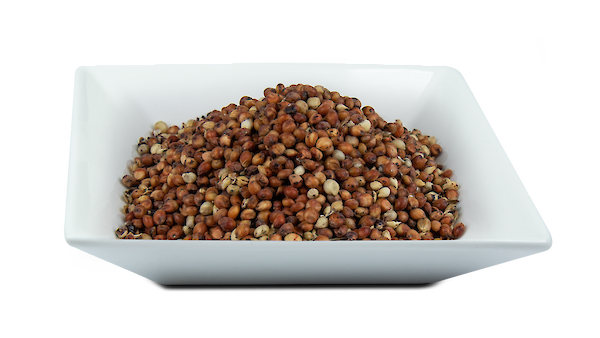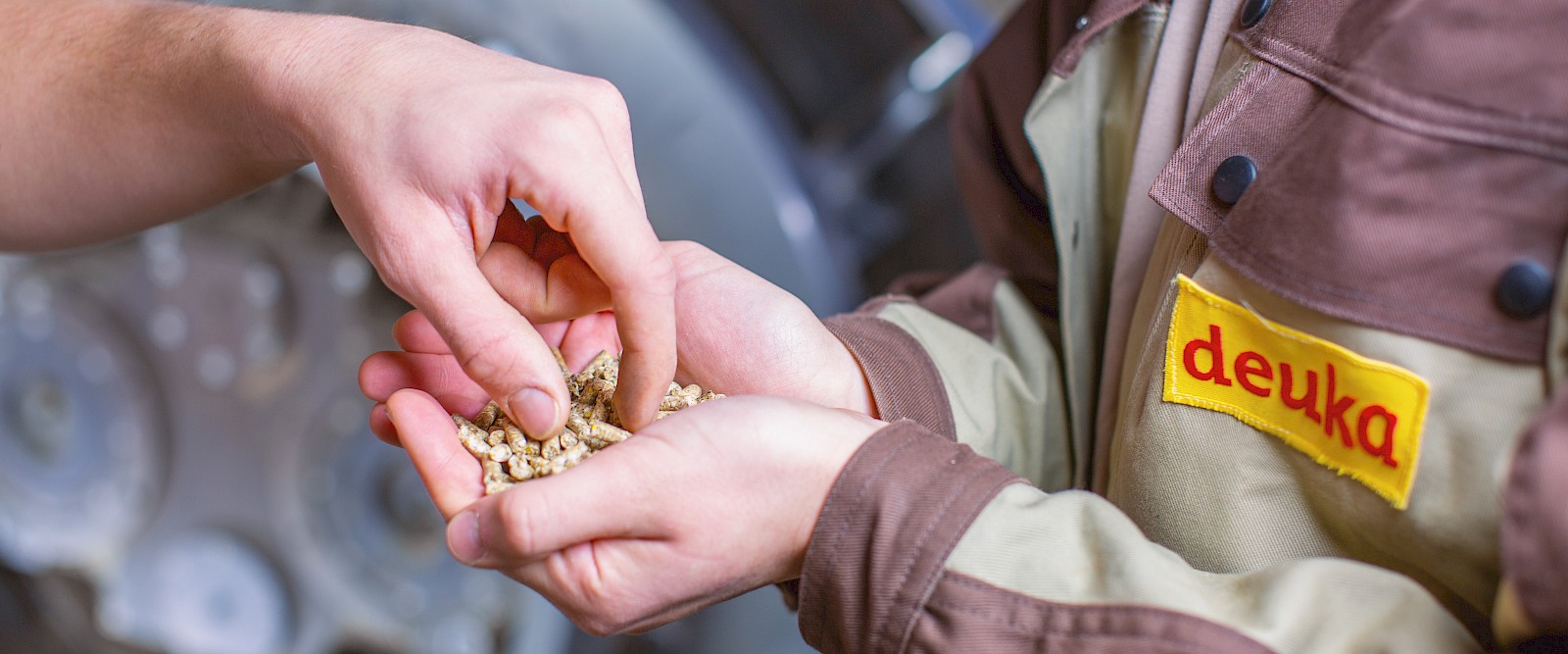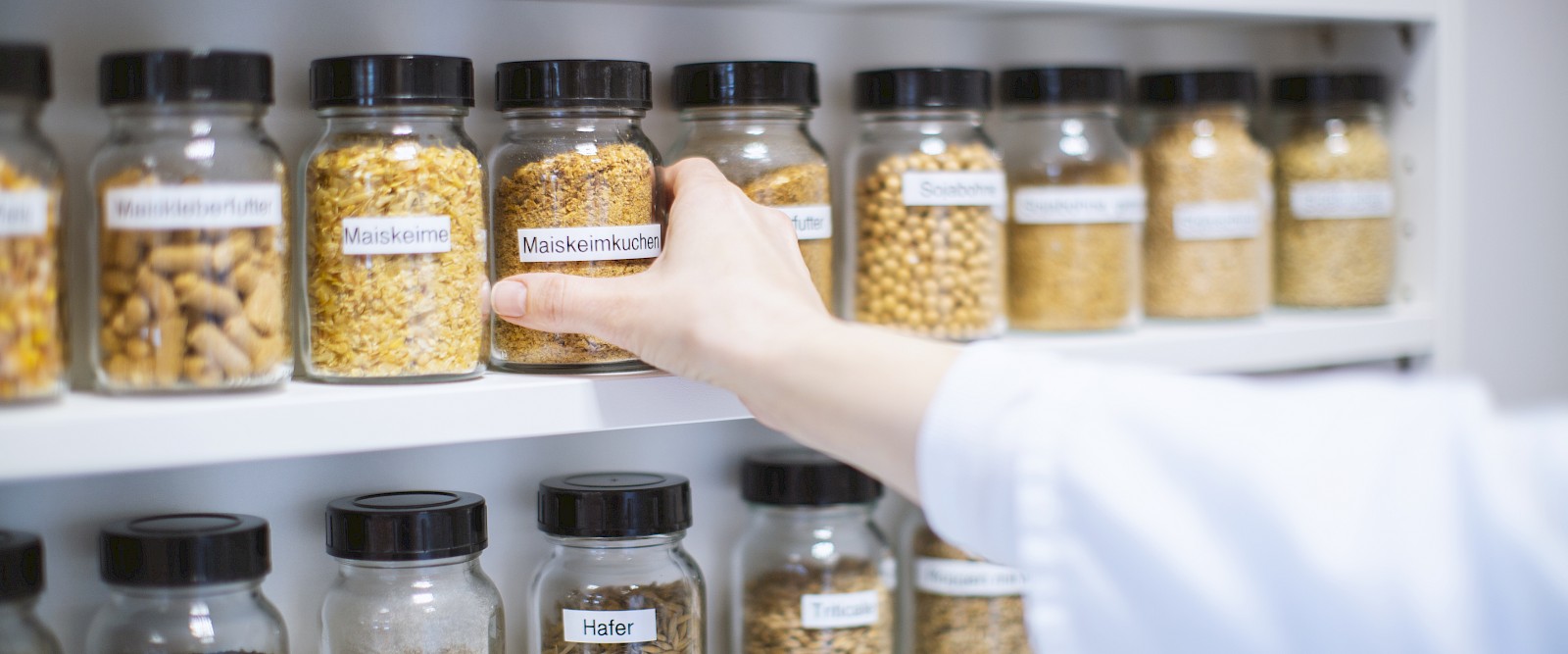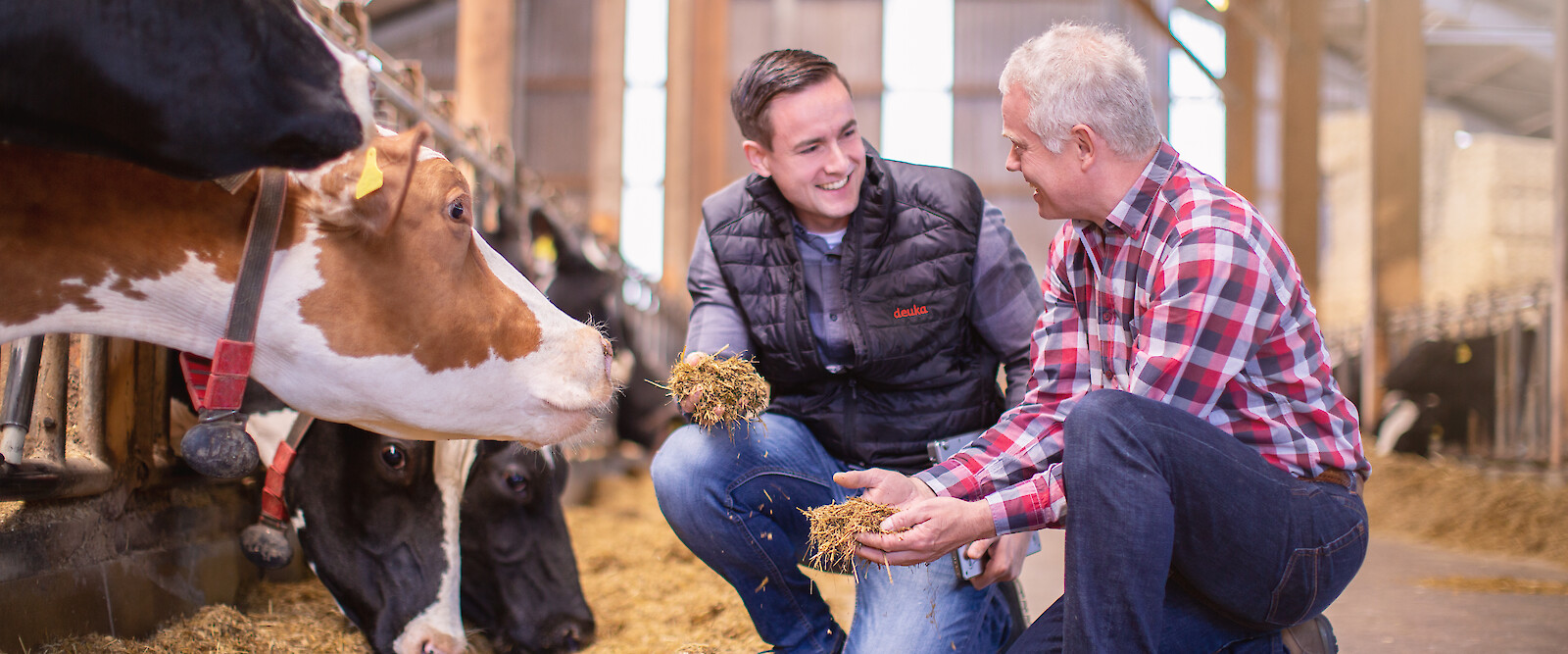Raw material and nutrient lexicon
Sorghum
Sorghum bicolor is the most important millet species in the genus Sorghum of the sweet grass family(Poaceae) and is also called milocorn (sorghum). Sorghum belongs to the C4 plants. The plant is heat-loving and drought-tolerant and grows on sites that are too dry for maize cultivation. This panicle grass reaches growth heights of five m and is somewhat similar to maize in structure. Foliage leaves are arranged in two rows on the culm. The flowers are formed in compact to loose panicles. The round caryopses have a diameter of four to eight mm, they can be white, yellow or red depending on the variety. The main cultivation areas are in the USA, South America, Nigeria and India. In animal nutrition, sorghum is on a par with maize. The high starch and thus energy contentallows high daily gains in pig feedingand ensures high laying performance in laying hens. Low-tannin varieties are available for use in monogastrics. In ruminant feeding, the high starch quality is particularly worth mentioning. Sorghum is an ideal supplier of rumen-resistant starch.

Sorghum |
|
Ingredients |
Content
|
|
Dry matter, g/kg |
890,00 |
|
Crude protein, g/kg |
111,00 |
|
Lysine, g/kg |
2,50 |
|
Methionine, g/kg |
1,93 |
|
Cystine, g/kg |
1,93 |
|
Threonine, g/kg |
3,50 |
|
Tryptophan, g/kg |
1,10 |
|
nXP, g/kg |
165,00 |
|
RNB, g/kg |
-9,00 |
|
Crude fibre, g/kg |
27,00 |
|
Crude fat, g/kg |
34,00 |
|
Sugar, g/kg |
33,00 |
|
Starch, g/kg |
711,00 |
|
Crude ash, g/kg |
20,00 |
|
ME beef, g/kg |
13,10 |
|
MJ NEL, g/kg |
8,27 |
|
ME pig, g/kg |
15,85 |
|
ME poultry, g/kg |
13,47 |
Sources: DLG feed value tables for ruminants, DLG feed value table for pigs, Degussa-The Amino Acid Composition of Feedstuffs






